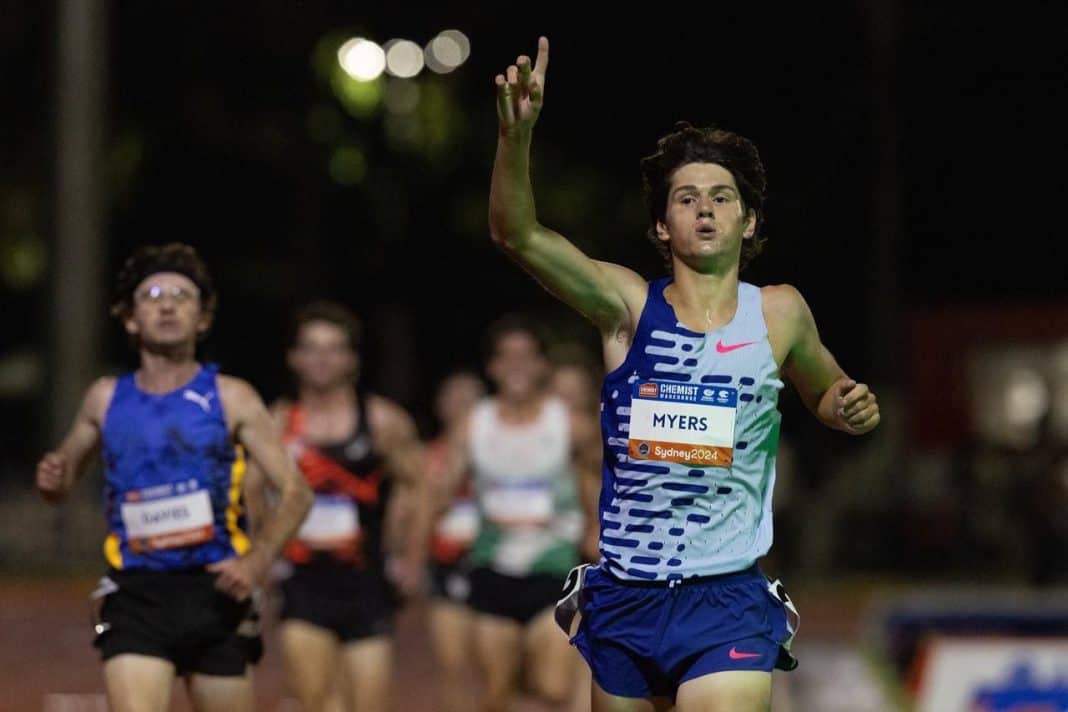An Olympic year always shakes up the established order.
Newcomers emerge. From nowhere, but suddenly ready. Established performers can find the lure of the Olympics has seduced them into stretching their career just one more year before cruelly abandoning them. Fixed in their four-year cycle – except Tokyo! – the Games timing has a touch of Goldilocks, a year too soon for some, a year too late for others, just right for the medallists.
On the eve of the Australian championships – or, as they are alternatively known within Athletics Australia: NOT the Olympic trials! – quite a lot seems settled. The championships in Adelaide will see many of the athletes who have achieved the Big Q Olympic qualifying standard cement their place in the team. Or, to put it as you will no doubt hear and read many times over, punch their ticket for Paris.
In a few events, though, it’s not so simple. The middle-distance events are . . . well, quite frankly, there a bit of a muddle. Mostly, our big Q athletes come singly – Matt Denny in the discus, 400 break-out man Reece Holder, hurdler Michelle Jenneke. Even when in the same event – pole vaulters Nina Kennedy and Kurtis Marschall – there is one male, one female.
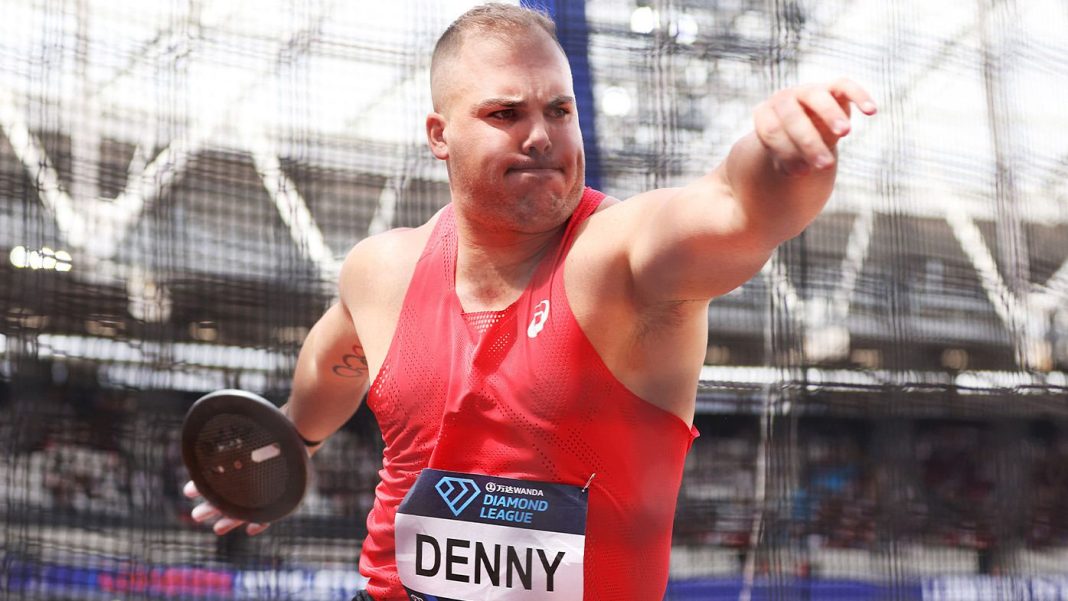
The women’s high jump boasts two really big Qs – Olympic and world championships medallists Nicola Olyslagers and Eleanor Patterson – but like Woolworths and Coles they’ve pretty much cornered the market for themselves.
But middle-distance? That’s another matter entirely. More capital Qs than you can poke a stick at. It’s both a good time and a bad time to be a world-class 800, 1500 or 5000 runner. ‘Good’ in that it’s always great to be at the top of your event; ‘bad’ in that competition for team spots will be cut-throat.
Not only cut-throat, but there’s every chance that the national championships – the biggest race in the selection process even if not officially THE trial – won’t take us too much further along the way to knowing which athletes will represent us in Paris. Worse, the remainder of the selection period is no guarantee to be much more of a guide either.
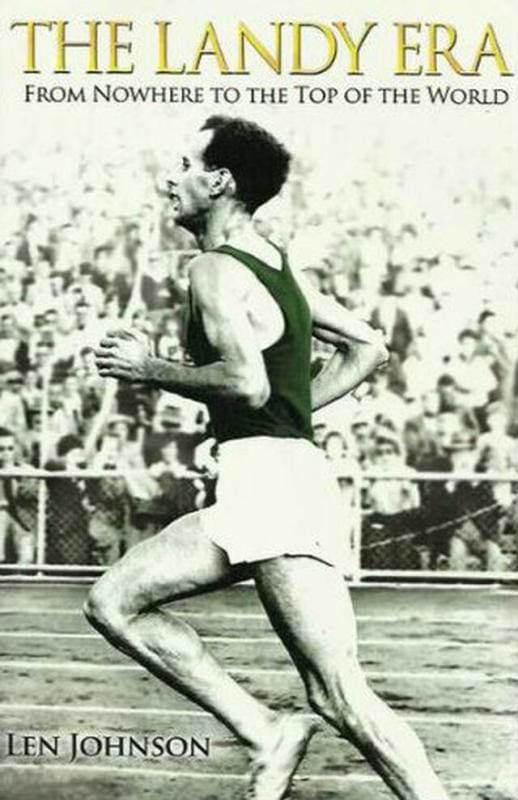
The women’s 800 metres and men’s 1500 are prime examples.
When Catriona Bisset ended a 49-year drought with the first world top-10 ranking in the 800 since Charlene Rendina it was hard to envisage that she might miss the Olympic team. Sure Abbey Caldwell had made great strides in the event and was probably the slightly better performer of the pair in the world championships in Budapest. But who else?
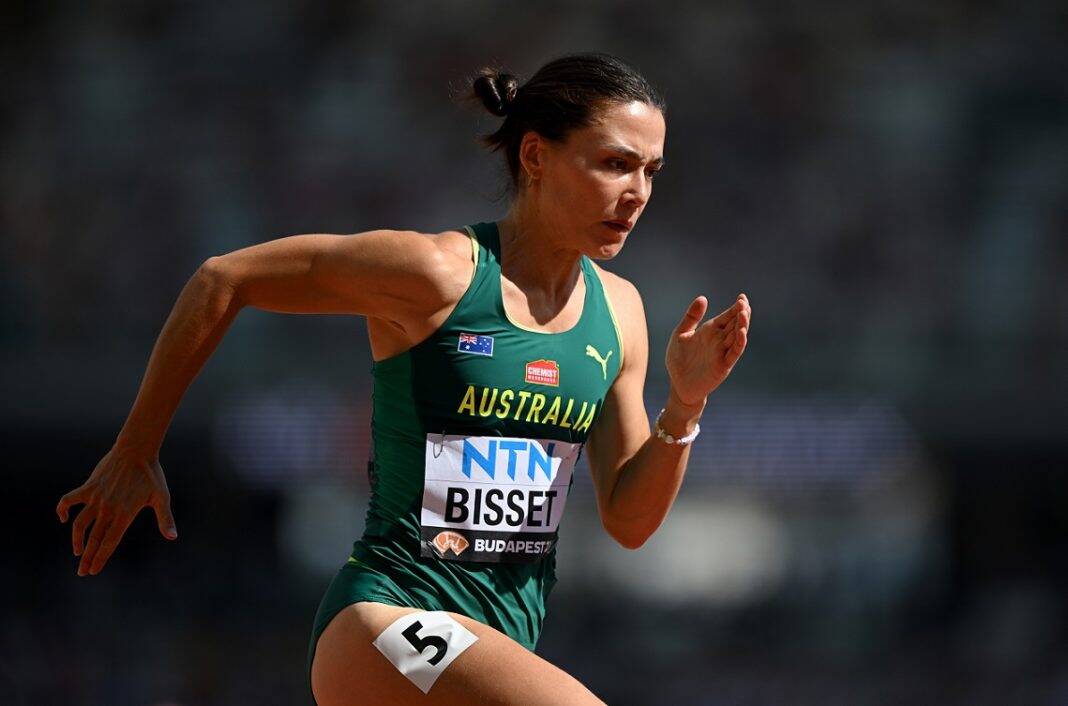
Well, who else but Claudia Hollingsworth and Bendere Oboya, the former a fast-rising prodigy the latter perhaps at last coming to terms with the event. Suddenly, there’s four women have achieved the qualifying time. After breaking two minutes for the first time in Melbourne, Hollingsworth led Oboya under two in Canberra a fortnight later with both also under the 1:59.30 Olympic standard.

© James Mowle/Athletics Australia
Four women, three places. Anyone can make it, anyone can miss out. To complicate matters a little further, both Caldwell and Hollingsworth have to decide whether they attempt the 800-1500 double in Adelaide.
There are not too many qualifiers in the men’s 1500: just three – Stewart McSweyn, Adam Spencer and teenage sensation Cameron Myers. But there’s a posse of others right on their heels led by Commonwealth champion Olli Hoare who has bettered the 3:33.50 standard many times but is yet to race within the Olympic qualifying period due to injury. He’s back for the nationals and reportedly ready to roll.
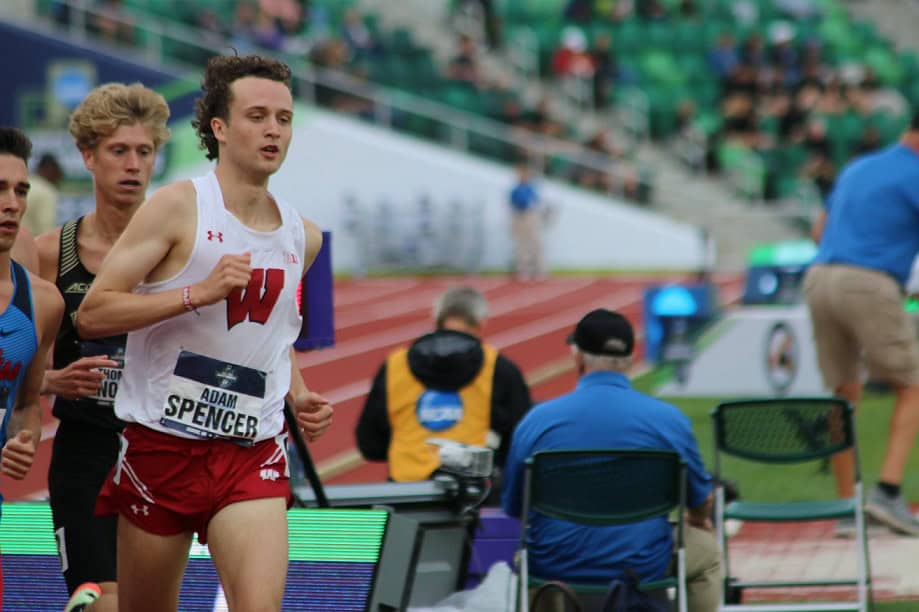
Already back from injury disruptions is Tokyo Olympian Jye Edwards. Then there’s Jesse Hunt, so close to the standard with his 3:33.60 in Bankstown a few weeks ago, Jack Anstey – even Peter Bol has entered presumably as insurance against missing out at 800. There’s plenty more too. The rounds are sure to see casualties.
The women’s 1500 is likewise laced with talent. Linden Hall, Jess Hull and Caldwell have the Q, but Georgia Griffith with a big 3000 pb in Sydney last month showed a return to form as well as opening possibilities of a shot at 5000 if places remain open post-nationals.
The men’s 800 and 5000, while not as loaded as the 1500, still intrigue. Bol is listed though national record holder Joseph Deng – the only other Q – is not. Peyton Craig and Luke Boyes come in with the best form lines, but form can be a fickle guide to the 800.
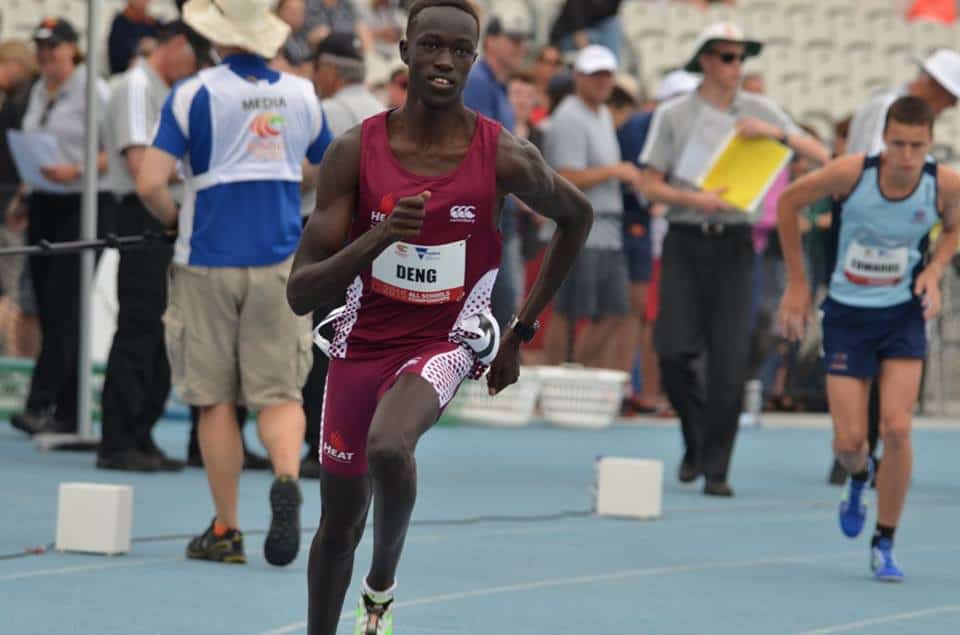
No-one has a qualifier at men’s 5000, but McSweyn and Hoare have both entered the longer event, as have Ky Robinson, Morgan McDonald, defending champion Callum Davies. You can never count on a national championship race being fast, but this one looks bound to be entertaining.
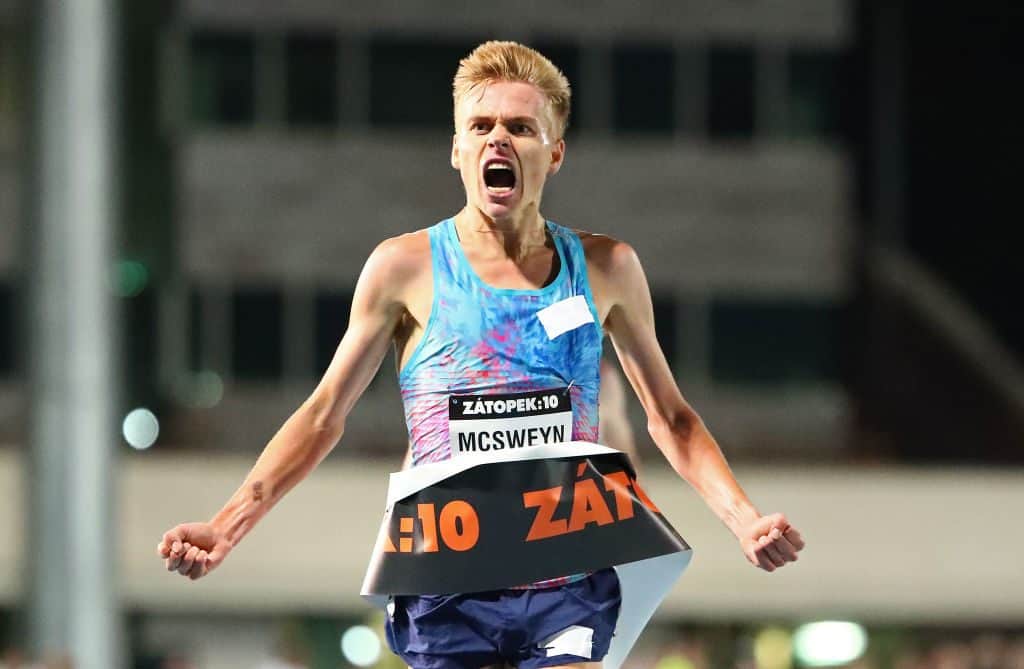
Hull is the only qualifier at women’s 5000, but the field contains pretty much every possible contender including new 10,000 record holder Lauren Ryan, Tokyo rep Jenny Blundell, Rose Davies, Holly Campbell, Genevieve Gregson and Izzy Batt-Doyle.
Throw in two wide-open steeplechase races and there’s an intriguing mix of middle-distance events across the four days (11-14) of senior competition.
A muddle? I’ll say it is. And that’s before you even get to the selection meeting.
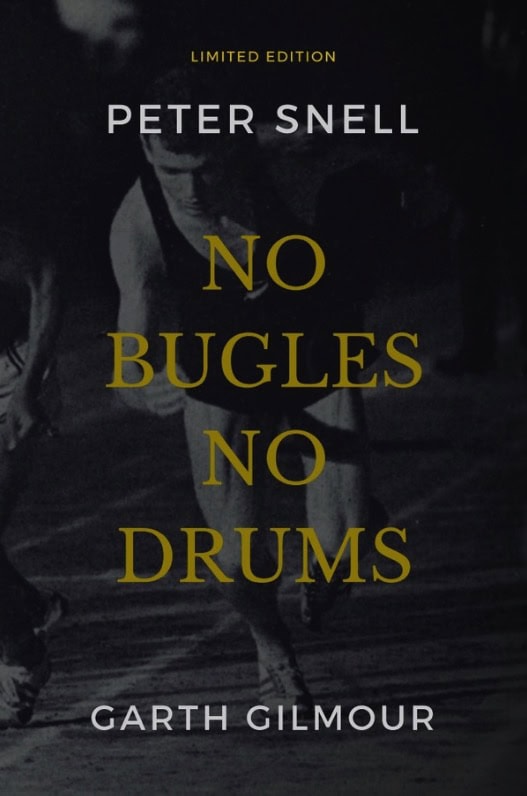
Not even winners are guaranteed selection, though it would be a shock of seismic proportions should any winner with a big Q miss out. For the rest – middle-distance and all events – I hope as many as possible are named after the championships. There are no guarantees, including the belief – hope? – that more time will provide greater clarity.
Left unresolved, sometimes a muddle becomes an even bigger muddle.
